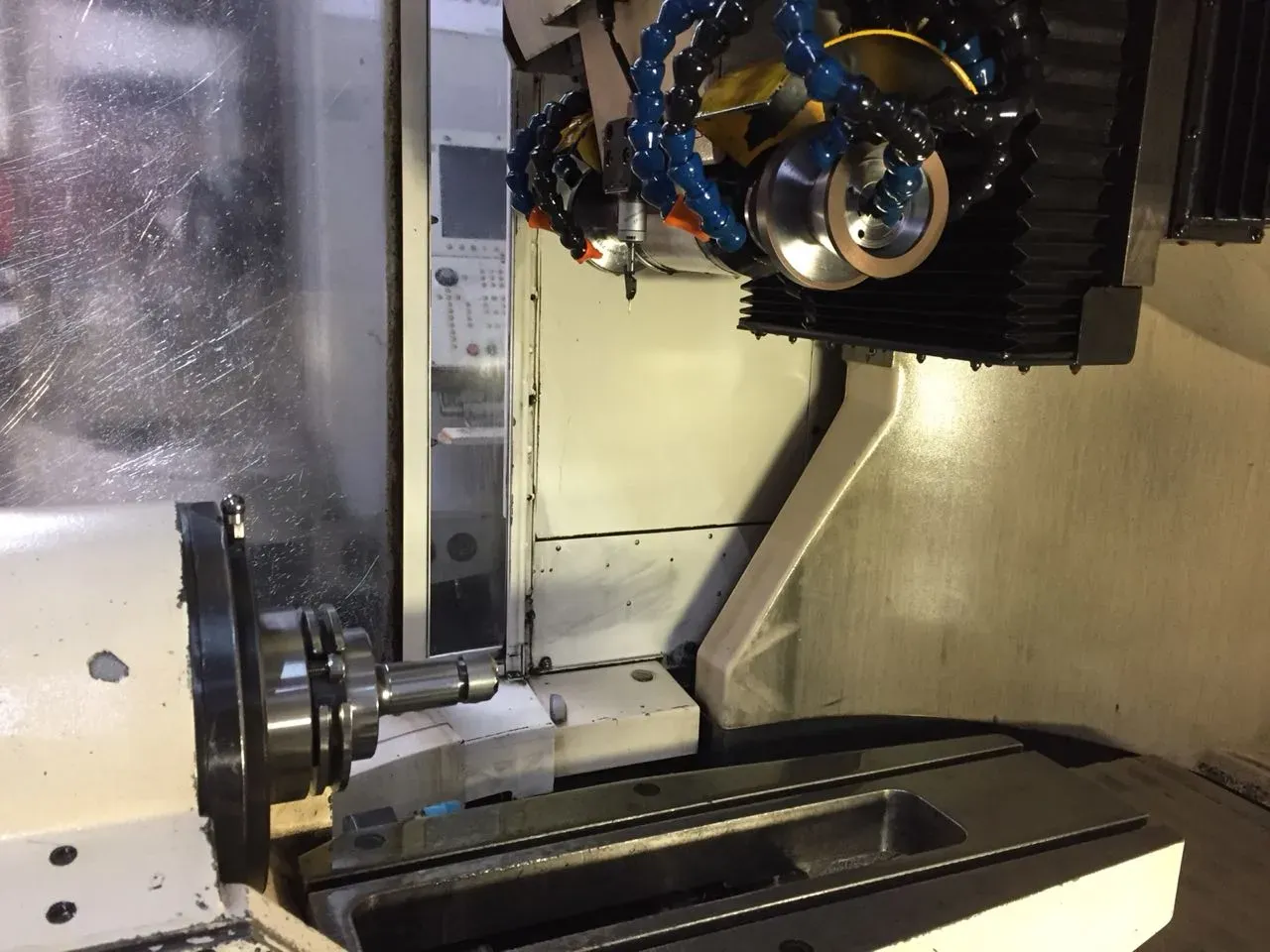
A team of researchers -one of them from EGADE Business School- have generated procedures and methodologies to optimize the surface roughness of slitting knives by adding titanium dioxide nanoparticles to the lubricant used during the machining process in the final production phase of this tool.
Their findings were explained in the paper titled Optimization of surface roughness on slitting knives by titanium dioxide nano particles as an additive in grinding lubricant, published recently in The International Journal of Advanced Manufacturing Technology (June 2018, Volume 96, Issue 9–12, pp 4111–4121).
The authors are Gilberto Enoc García Acosta, company representative and Ph.D. student in Engineering Sciences (DCI) at Tecnológico de Monterrey; Federico Trigos Salazar, professor of Business Analytics at EGADE Business School; and Demófilo Maldonado Cortés and Laura Peña Parás, professors of the Department of Engineering at UDEM.
The publication of the paper signified the culmination of their joint work, which was backed with federal funds from the Program for Promoting Innovation (PEI) of the National Science and Technology Council (Conacyt), in the PROINNOVA modality for projects presented in partnership with institutions of higher education.
García Acosta explained that the slitting knives are one of the tools produced by his company for cutting rolled sheet steel and are used, for example, to manufacture chassis in the automotive industry. He added that the grinding lubricant is used as a coolant, maintains a constant temperature in the manufacturing process of the slitting knives and helps in rinsing, and that fluid added with nanoparticles manages to cover cavities or imperfections in the surface of the pieces.
“We improved the surface finish of these knives by significantly reducing their roughness, while increasing the life of the abrasive components of the machining process. It should be noted that the manufacturing time was not increased and the result was an improved knive, thus offering the opportunity to create a line of value-added knives that will ultimately help automobile manufacturers to acquire better tools, which represent the first step toward the quality on which their products depend,” expressed the representative of Grupo Industrial Blomer.
As part of the research, Peña Parás selected the most appropriate nanoparticles for adding to the lubricant for the knife machining process; Maldonado Cortés conducted the performance test on tribometers; and Trigos Salazar and García Acosta carried out the production line tests and the statistical analysis of the results.
“My job was to select the nanoparticles. Our experience in laboratory tests has shown us that certain nanoparticles are highly compatible with certain lubricants and, interestingly, regardless of how smooth tools are, they will have a certain degree of roughness. Therefore, since the nanoparticles are so small, they can fill in these hollows, making the tool smoother and of a better cutting quality,” commented Peña Parás.
“Continuing with the development timeline, once Peña Parás defined the nano-lubricant formula, my intervention was specifically to test it in the area of tribology, with the help of the company’s personnel, to validate the formula and conduct the field tests, so skillfully led by Trigos Salazar and García Acosta, with excellent results. All the work was an extraordinary combination of basic science through to applied engineering,” Maldonado Cortés added.
Wheat Salazar referred that in the conclusions of the paper they established that surface roughness measured by Ra went from an statistical estimation of 0.9448 micrometers (no nano particles in machining lubricant) to a statistical industrial minimum of 0.2805 micrometers (with a 0.055% in weight of nano particles). The mentioned decrease on surface roughness values represented a 68.84% improvement on the quality of the machining surface measured by Ra. He also said, since spindle speed and feed rate were not statistically significant in this analysis they were set to their maximum levels 5,000 RPMs and 1.15 in/min in order to maximize throughput.
"The surface roughness measured in Ra decreased, and less is better, the variables of spindle speed and feed rate were at their fastest levels, these two aspects have to do with the machining of the piece. The knives were not only improved three times, but the machining cycle was faster.
“So we’re delighted because this project not only culminates in a technological development, but also represents the interaction of several strategic components in our country – on the one hand, Conacyt, through its PEI call, and, on the other, science linked to the production process, through the collaboration of the company, the Tec and the UDEM,” concluded Trigos Salazar.
An abstract of the scientific paper can be downloaded here, where the full paper can also be purchased.